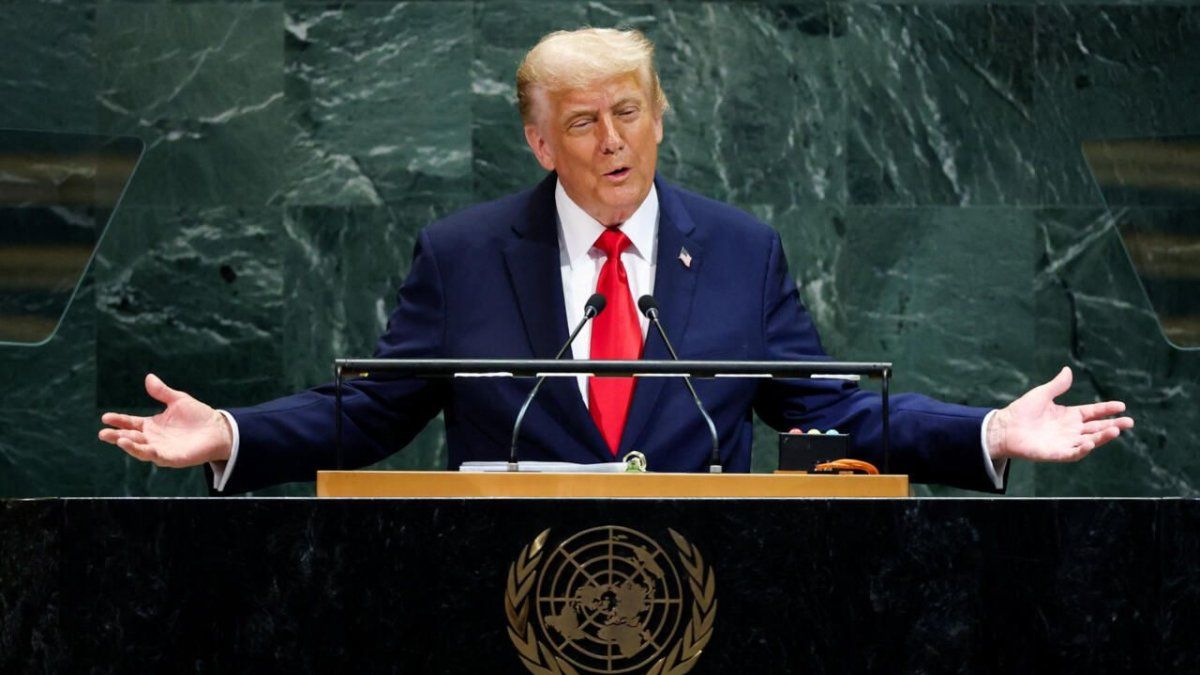The threat of war has sparked fears in recent weeks about the supply of basic products, such as wheat and metals, as economies reopen after closures due to the coronavirus pandemic.
“Russian-Ukrainian tensions trigger potential demand shock [en Europa] and a larger one in the supply for the rest of the world, given the importance of Russia and Ukraine in energy”noted Tamas Strickland of the National Australia Bank.
For a Swissquote analyst, “The increase in energy prices is a big headache for Europe, because 40% of its natural gas and 30% of its oil come from Russia.”
The crisis comes as governments around the world are struggling to contain inflation, fueled by growing demand from the reopening of the global economy. Much of the attention is focused on the US Federal Reserve (Fed), whose authorities are preparing to raise interest rates in March to contain the increase in prices.
what went up
Petroleum: The price of a barrel exceeded US $ 100 this Thursday, for the first time in more than seven years, rising more than 7%. Right now, North Sea Brent for April delivery — the benchmark in Europe — is up 5.4% to $99.10. In New York, West Texas Intermediate (WTI) for April delivery rose 4.7% to $96.42.
Natural gas: in the reference market in Europe it increased by 50% compared to the day before.
Grain: The price of wheat and corn — of which Ukraine is the world’s fourth largest producer — climbed sharply at the open, a few hours after Russia launched an invasion against Kiev. Corn rises 1.6% and is trading at US$273.61 a ton. While wheat grows 5.3% to US$339.78.
Gold: Gold prices reached a maximum of more than a year and a half. Spot gold rose 0.6% to $1,919.30 an ounce after hitting $1,973.96, its highest since September 2020. U.S. gold futures gained 0.6 % a$1,921.
US Treasury Bonds: Investors poured into US sovereign debt on Thursday, pushing Treasury yields sharply lower. The benchmark 10-year bond yield fell 4.8 basis points to 1.929%, after touching 1.846% earlier.
Dollar in the world: it strengthened more than 1% and traded at 97.205, a three-week high. It rose as much as 1.5% and was on track for its biggest daily percentage gain since March 2020.
Wall Street: After Joe Biden’s speech announcing economic sanctions on Russia, the main indices rebounded sharply after falling more than 3%. The Nasdaq climbed as much as 3.3% to close at 13,473.58, while the S&P 500 rose 1.4% to 4,286.10 points. And the Dow Jones rose 0.3% to 33,223.83 points.
what went down
european bags: the FTSE index of the London Stock Exchange closed with a drop of 3.82%, while the Frankfurt DAX fell 3.96% The CAC 40 of the Paris floor fell 3.83%, the FTSE MIB of Milan 4, 10% and the Madrid IBEX 35 2.86%.
Moscow Stock Exchange: It plummeted up to 50%. The oil company Gazprom collapsed almost 25%.
Asian bags: Hong Kong lost 3.2%, Tokyo closed with a drop of 1.8% and Shanghai, down 1.7%.
Russian ruble: it weakened as much as 6.7% to 86.92 per dollar after hitting a record low of 89.986 per dollar.
Euro: it fell as much as 1.2% to $1.1164, its lowest level since January 31.
Japanese yen: it weakened 0.52% against the greenback.
Cryptocurrencies: Bitcoin plummets 5.7%, while Ethereum falls 8.4% and Cardano sinks as much as 13.5%.
Source: Ambito
David William is a talented author who has made a name for himself in the world of writing. He is a professional author who writes on a wide range of topics, from general interest to opinion news. David is currently working as a writer at 24 hours worlds where he brings his unique perspective and in-depth research to his articles, making them both informative and engaging.




